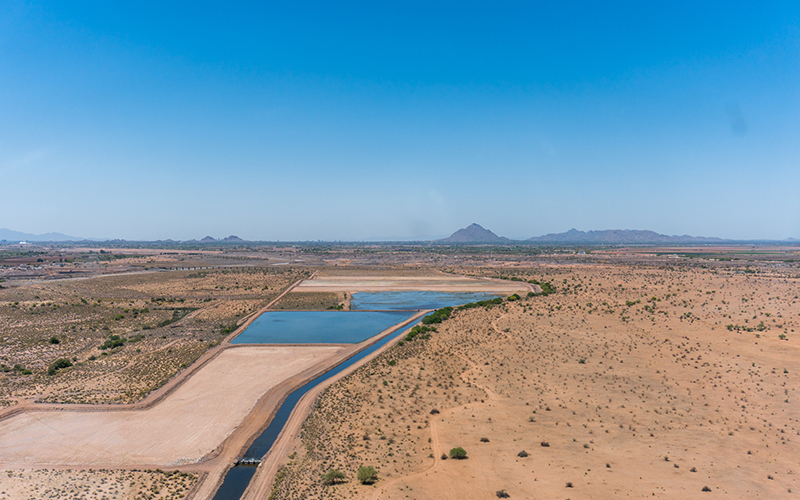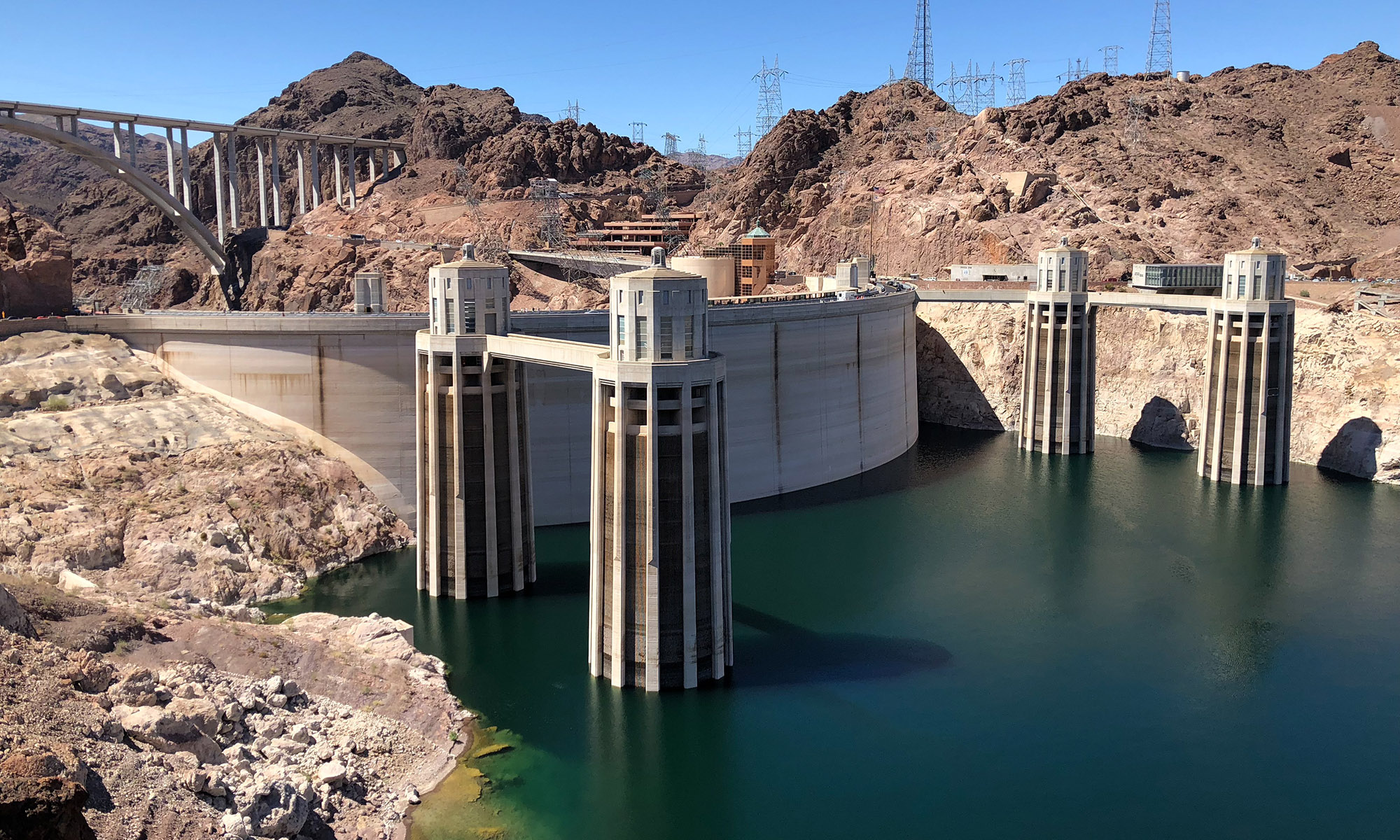PHOENIX – Negotiations on a drought plan for Arizona took a step forward Thursday when the head of the state water department said Gov. Doug Ducey will ask for $30 million in his upcoming budget proposal to help make the Drought Contingency Plan a reality.
The news came as the directors of two big water agencies, the Arizona Department of Water Resources and the Central Arizona Water Conservation District, presented a plan to water stakeholders in hopes of pushing the group closer to a resolution.
Arizona needs to finalize an internal drought deal so it can enter an agreement with the other six Colorado River Basin states. The deal, called the Drought Contingency Plan, will help keep Lake Mead from falling to disastrously low levels. Lake Mead, the lower basin’s main reservoir, is 38 percent full.
“I fully endorse this plan, the state endorses this plan,” water-resources director Tom Buschatzke said at Thursday’s meeting of the Drought Contingency Plan Steering Committee. He said Ducey will “advocate strongly” to make sure the $30 million budget request gets passed by the Legislature.
However, Buschatzke also said several items still need to be worked out.
The plan builds on an earlier, three-year proposal from the Central Arizona Water Conservation District board put forward in case something longer-term could not garner support.
The new proposal takes the state through 2026, when an existing set of drought guidelines expires and will need to be renegotiated. The plan now on the table provides specific amounts of water and money to “mitigate” Pinal County farmers, cities and Native American tribes for water they will lose under the drought plan, although the mitigation volumes will decrease as the plan goes on.
“This is a bridge from having no shortage to having one, and then the new future — whatever that might be — after 2026,” said Ted Cooke, general manager of the water district. “The mitigation program will be done by the end of 2025.”
That seemed to satisfy a demand from Ducey, made in an op-ed two weeks ago, to not set an “unsustainable precedent for mitigating water reductions in the future.”
The water for mitigation will largely come from 400,000 acre-feet of Central Arizona Water Conservation District water currently being stored in Lake Mead. Many stakeholders say using that for mitigation is counter to the intention of the drought plan in the first place. But Thursday’s framework creates a “Lake Mead Offset” component to make up for those drawdowns.
Money for the plan includes:
- $60 million from the Central Arizona Water Conservation District.
- $30 million state appropriation proposed in Ducey’s upcoming budget.
- $8 million from a collection of non-governmental organizations in the Water Funders Initiative.
- $20 million to $30 million in federal money already required under existing programs.
- An unspecified amount of money, from both federal coffers and central Arizona irrigation districts, for a groundwater infrastructure program for Pinal County farmers.
Cooke said the federal Bureau of Reclamation and the irrigation districts already are in discussions on this.
“It’s a very important component of the plan, and program details and the funding need to be solidified soon,” he said.
The reaction to the plan was mixed. Representatives from cities and tribes generally were in favor, as was the environmental community.
“Every single stakeholder could find something in it to hate, but it’s a deal that works,” said Cynthia Campbell with the city of Phoenix. “I think this is the hallmark of the way we’ve done business in the past in Arizona water.”
Rob Anderson, with the Home Builders Association of Central Arizona, disagreed.
“We think that economic development is an important message and that having nothing in there for developer mitigation is an issue,” he said. He noted a separate but related water agreement between the groundwater-replenishment division of the Central Arizona Water Conservation District and the Gila River Indian Community appears stalled without approval from the tribal council. That agreement is important to homebuilders and developers, as more water for replenishment means groundwater can be pumped out by new housing developments. Gila River Gov. Stephen Roe Lewis told stakeholders at Thursday’s meeting that he would work hard to get that agreement passed if the new Drought Contingency Plan moves forward.
Paul Orme, who represents Pinal County irrigation districts, was concerned about the lack of firm funding for groundwater infrastructure projects, among other things.
“I don’t really intend to support or oppose at this point,” Orme said.
Even Cooke, when pressed, did not wholly embrace the framework, as Buschatzke did.
“I’m prepared to recommend (to the Central Arizona Water Conservation District board) something very close to this,” Cooke said. “There are still several issues that need to be addressed.”
Eventually, the Legislature will have to give Buschatzke the authority to sign the drought plan with the other Colorado River Basin states. The person in the driver’s seat is Rep. Rusty Bowers, the incoming speaker of the House of Representatives.
On Thursday, Bowers reiterated his commitment to the plan, but he raised a few questions of his own.
“The $30 million input, other things coming, requires the need on my old brain (for) some serious review and perhaps offline communications so that I understand exactly, or at least as closely as possible, what the impact will be,” he said.
Buschatzke and Cooke said the steering committee meetings will continue until they have consensus on a plan.
This story is part of Elemental: Covering Sustainability, a new multimedia collaboration between Cronkite News, Arizona PBS, KJZZ, KPCC, Rocky Mountain PBS and PBS SoCal.

